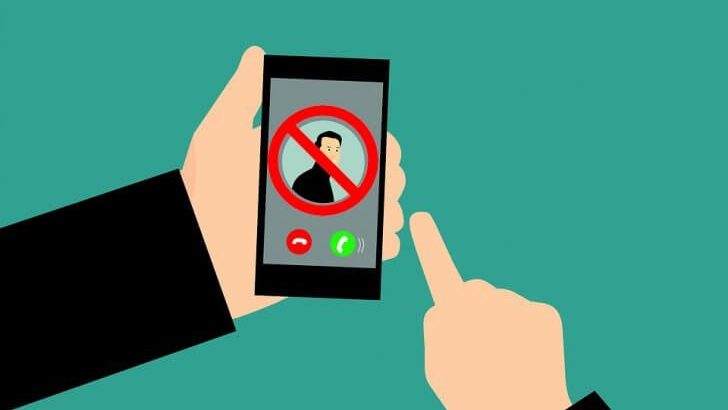
In today’s interconnected world, communication plays a vital role in our daily lives. Whether it’s through calls, messages, or social media platforms, staying in touch with others is easier than ever. However, there may be instances where you find yourself in a situation where you suspect someone has blocked your calls.
This article aims to shed light on what happens when you try to call someone who has blocked you, providing a comprehensive understanding of the implications and potential outcomes.
Understanding Call Blocking
Call blocking is a feature available on many phones and communication platforms that allows users to restrict incoming calls from specific numbers. When someone blocks your number, it means that they have taken active measures to prevent your calls from reaching them. Call blocking can be done manually by individuals on their devices or automatically through carrier services or third-party applications.
Call blocking is often used for various reasons, including avoiding unwanted or nuisance calls, maintaining privacy, and preventing harassment. By blocking a number, individuals can effectively filter out calls from specific contacts or unknown numbers that they do not wish to engage with.
It’s important to note that call blocking is a unilateral action taken by the person initiating it, and it does not notify the blocked party about their blocked status. Therefore, when you try to call someone who has blocked you, the aforementioned indications and outcomes occur without any direct communication or confirmation from the person who blocked you.
What Happens if You Try to Call Someone Who Blocked You
1. The Call Won’t Go Through
When you attempt to call someone who has blocked you, you’ll likely encounter a series of indications that your call is not going through. The most common response is that the call will simply not connect.
You may hear a few rings, but ultimately it will be followed by a message such as “The number you have dialed is not available” or “The person you are calling is not accepting calls at this time.”
2. No Voicemail Access
Another sign that you have been blocked is the inability to leave a voicemail. In normal circumstances, when someone rejects your call or is unavailable, you are usually able to leave a message in their voicemail box.
when you’re blocked, you won’t have this option. Instead, you’ll receive a message stating that the voicemail box is full or that the person you’re trying to reach is not accepting messages.
3. Possible Call Diversion
In certain cases, a blocked call might not result in the typical unavailability message. Instead, your call might get redirected to another line, such as a busy tone or an alternate number, giving the impression that the call is going through.
Even in such situations, the person who blocked you will not receive any notification or indication of your attempt to contact them.
4. No Caller ID
When you call someone who has blocked your number, your caller ID will likely be masked or replaced with a generic label like “Private Number” or “Blocked Call.” This is another way for the person blocking you to ensure that they do not recognize or acknowledge your call.
5. Additional Indicators
Apart from the technical aspects mentioned above, there may be additional signs that you have been blocked. For instance, if you previously had a close relationship or frequent communication with the person, and suddenly there is a complete lack of response across all channels, it could be an indication that you have been blocked.
Conclusion
Being blocked by someone can be a painful experience, as it often signifies a breakdown in communication and a strained relationship. When you try to call someone who has blocked you, the outcome typically involves your call not connecting, no voicemail access, and potential call diversions.
It’s essential to respect the boundaries set by others and find alternate methods of communication or address any underlying issues if possible.